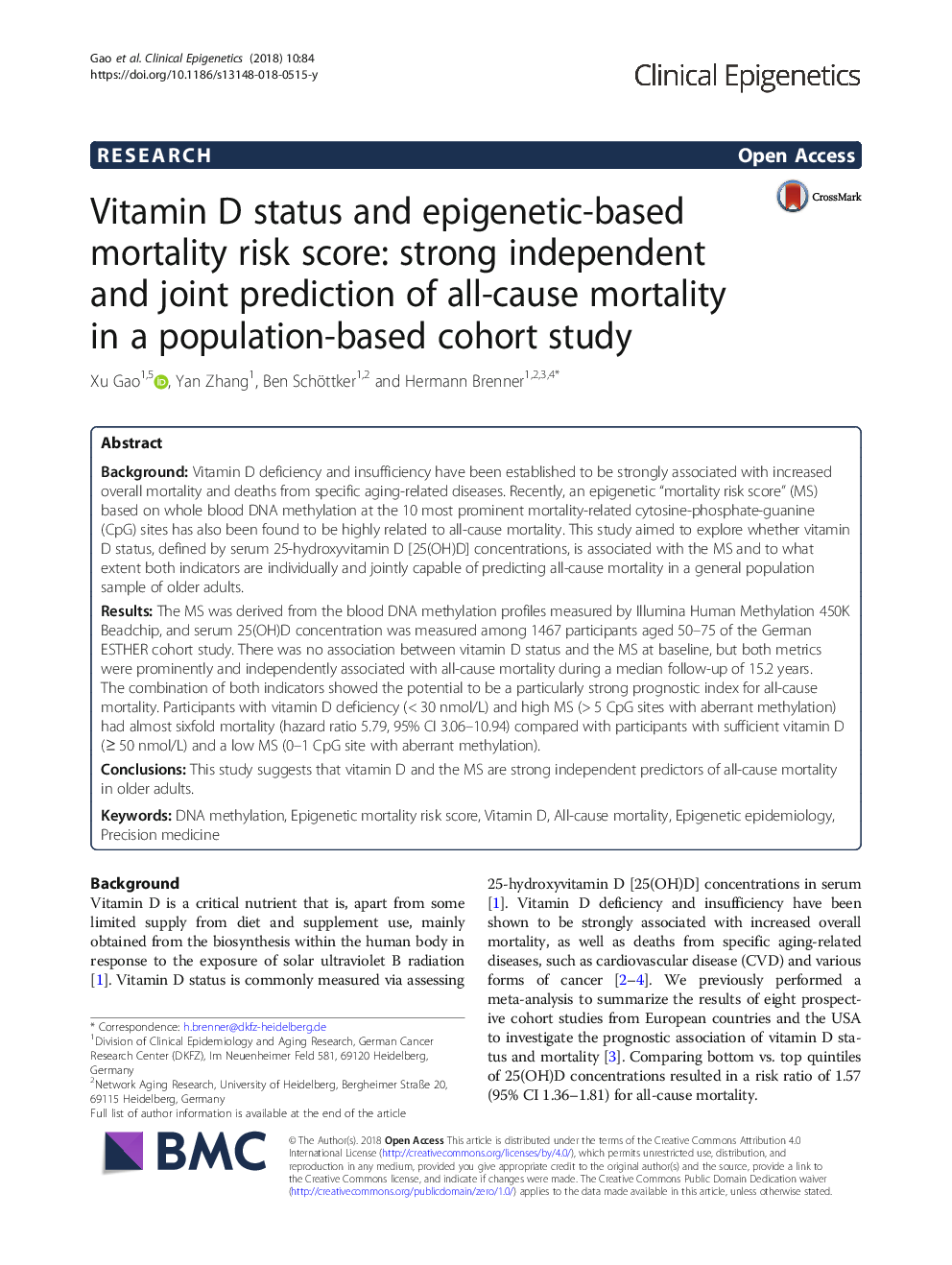| Article ID | Journal | Published Year | Pages | File Type |
|---|---|---|---|---|
| 8047841 | Journal of Manufacturing Processes | 2018 | 10 Pages |
Abstract
Workpiece deformation in stack drilling can lead to interlayer gaps and non-coaxiality, which bring adverse effects to the hole quality and assembly quality. Nowadays, large numbers of fasteners are required to assemble the stacks for satisfactory hole qualities, which will also lead to extreme low efficiency and high cost. This study aims to reveal the formation and quantitative evaluation of the non-coaxiality, and to explore how the pre-installed fasteners reduce the interlayer gaps and non-coaxiality, thus to contribute in designing more efficient layout of the fasteners. First, a simplified 2-D model that involves effects of the pre-installed fasteners in stack drilling is built and the deformation of the stacks is theoretically analysed. Based on the calculation results, three types of patterns of non-coaxiality are revealed and explained, i.e., Type I caused by pure bending, Type II caused by horizontal displacements and Type III caused by local deformations at the holes. With consideration of these characteristics, a combined evaluation criterion for non-coaxiality in stack drilling is proposed and a method of measuring the non-coaxiality is developed. Then, the outcomes of the pre-installed fasteners brought to the deformations of the stacks are explained using theoretical analysis for the simplified 2-D model. As the accurate deformations of the 3-D stacked structures cannot be obtained in 2-D model, finite element simulations are also adopted to study the non-coaxiality and the interlayer gaps quantitatively. Finally, the demonstration experiments of stack drilling are conducted and the results agree with the simulation results that the non-coaxiality of neighbouring holes of the fasteners can be reduced.
Keywords
Related Topics
Physical Sciences and Engineering
Engineering
Industrial and Manufacturing Engineering
Authors
Yuhao Gao, Dan Wu, Xiong Liang, Xinguo Ma, Ken Chen,
